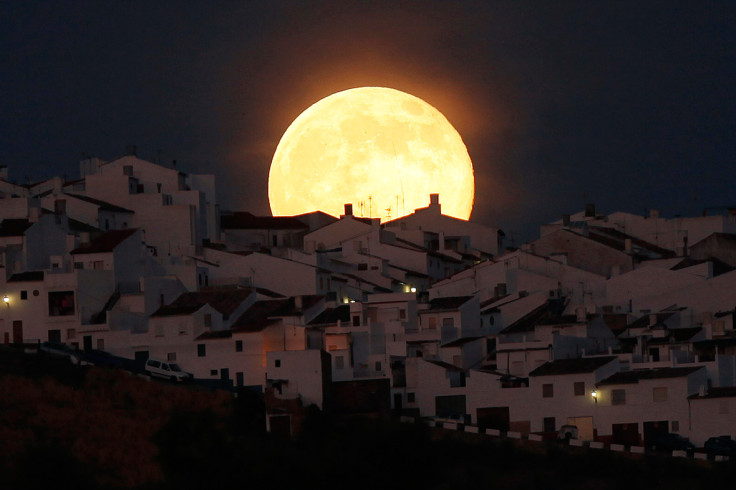Lunar perigee: First of three 'supermoons' to take place on 29 August

The first of three 'supermoons' will take place this weekend, when the full moon coincides with the lunar perigee. The full moon on 29 August will be shortly followed by the moon coming within 222,631 miles (358,290km) of Earth, one of the closest approaches of the year.
The two events taking place at the same time will mean the moon appears particularly bright and large – hence the term supermoon, although astronomers and the like do not use this name officially. On a clear night, the event should make for a pretty impressive sight.
Richard Nolle first described a supermoon as "a new or full moon which occurs with the moon at or near (within 90% of) its closest approach to Earth in a given orbit". This means whenever the moon comes at least 224,834 miles (361,836km) from Earth, it is classed as a supermoon.

The lunar perigee is the term for the moon making its closest approach to Earth. When it is at its farthest, it is known as the lunar apogee. These events have an effect on Earth's tides – when it is far away it has less gravitational pull, which could lead to lower tides. In contrast, a lunar perigee can lead to higher tides or greater variations in high and low tides.
And August is the first of three of these celestial events. The next two will take place on 28 September and 27 October. September's supermoon is the one to really watch out for, however.
According to space.com, this will be the largest full moon of the year. It will also pass through Earth's shadow, resulting in a total eclipse of the moon which will be visible on the evening of 27 September in North and South America, and the early morning of 28 September in Europe.
This is dubbed a 'blood supermoon', where the moon does not go completely dark during a lunar eclipse. Instead, light is refracted and scattered onto the surface, and because red light scatters the least, the moon appears to be a red or copper in colour.
© Copyright IBTimes 2025. All rights reserved.






















